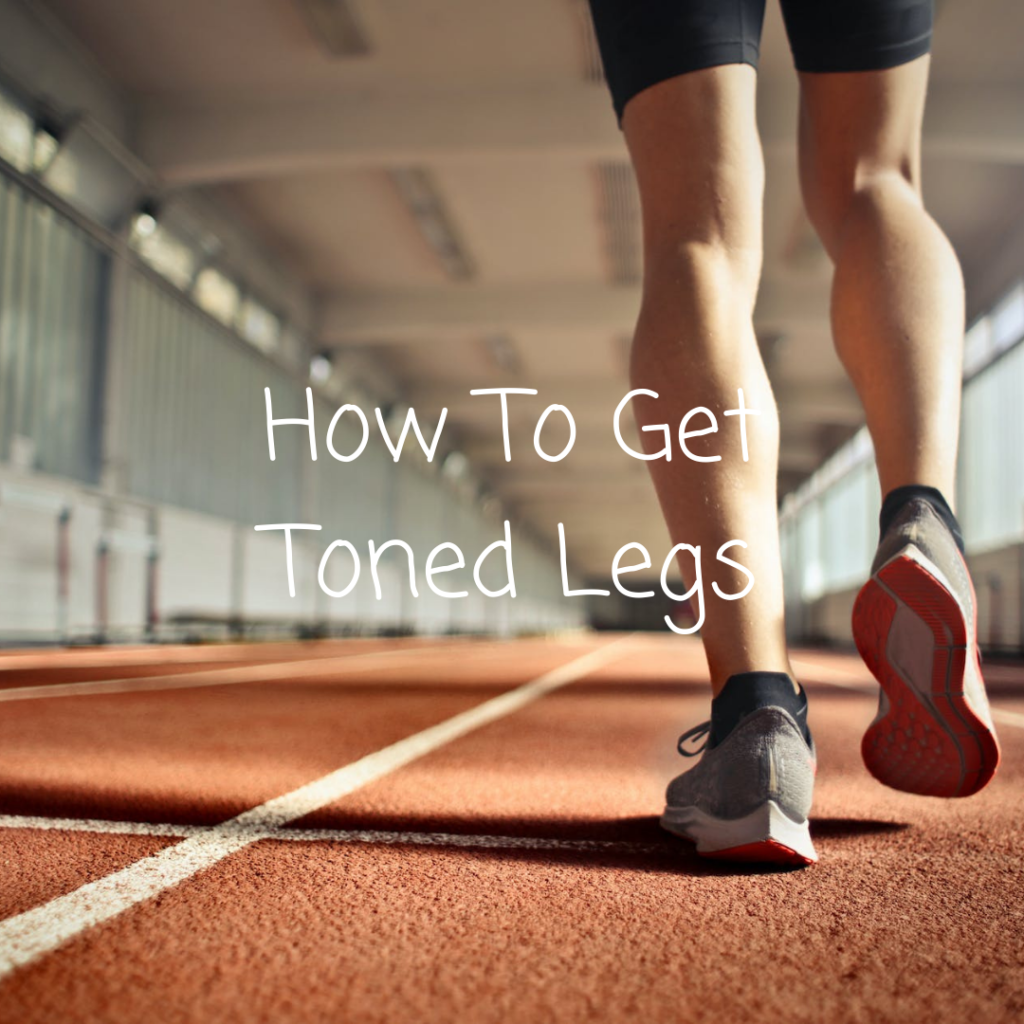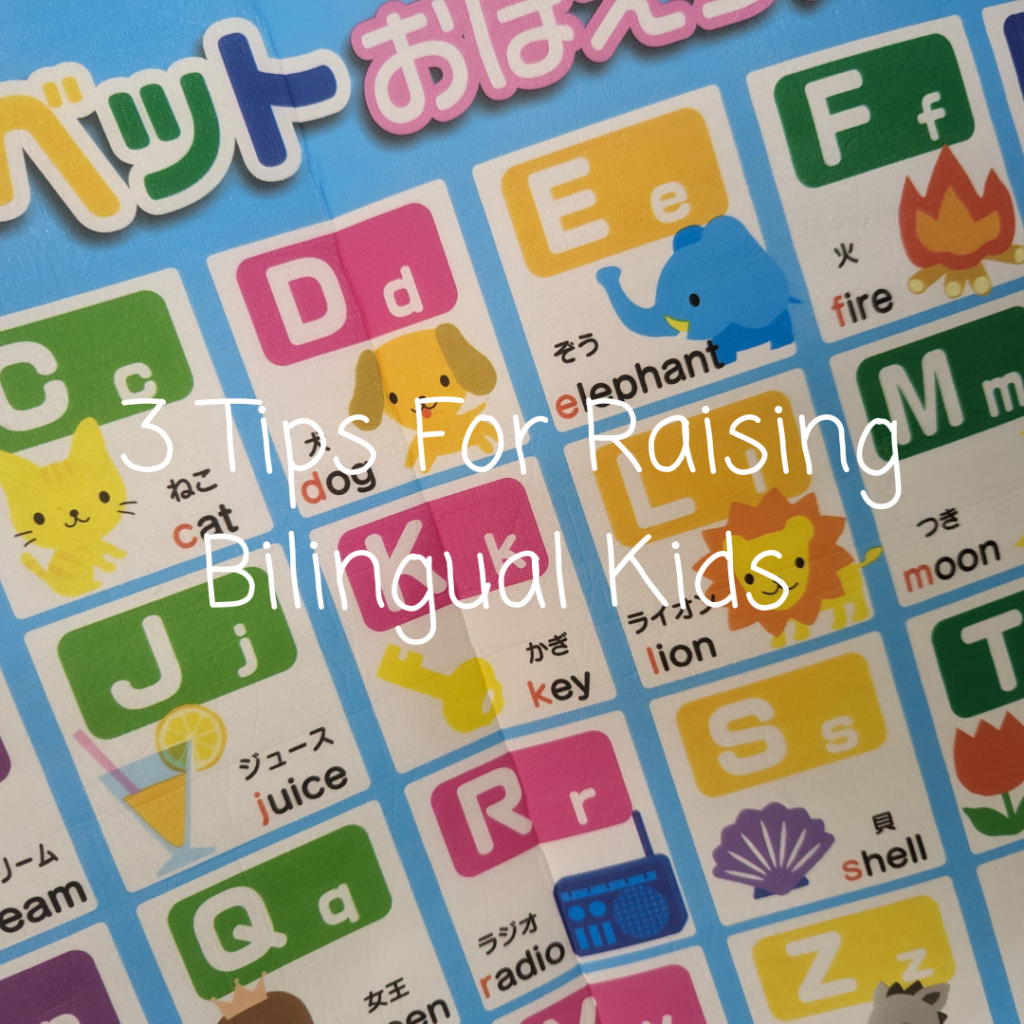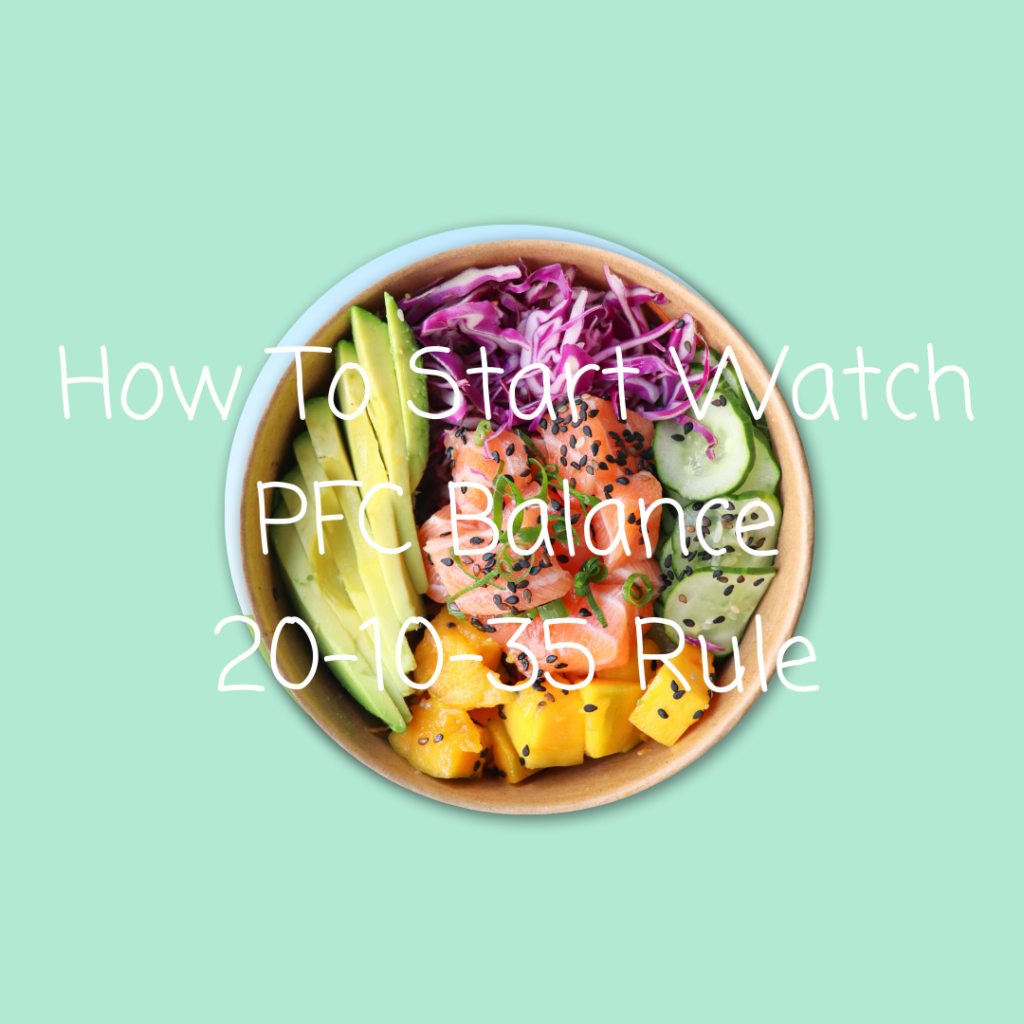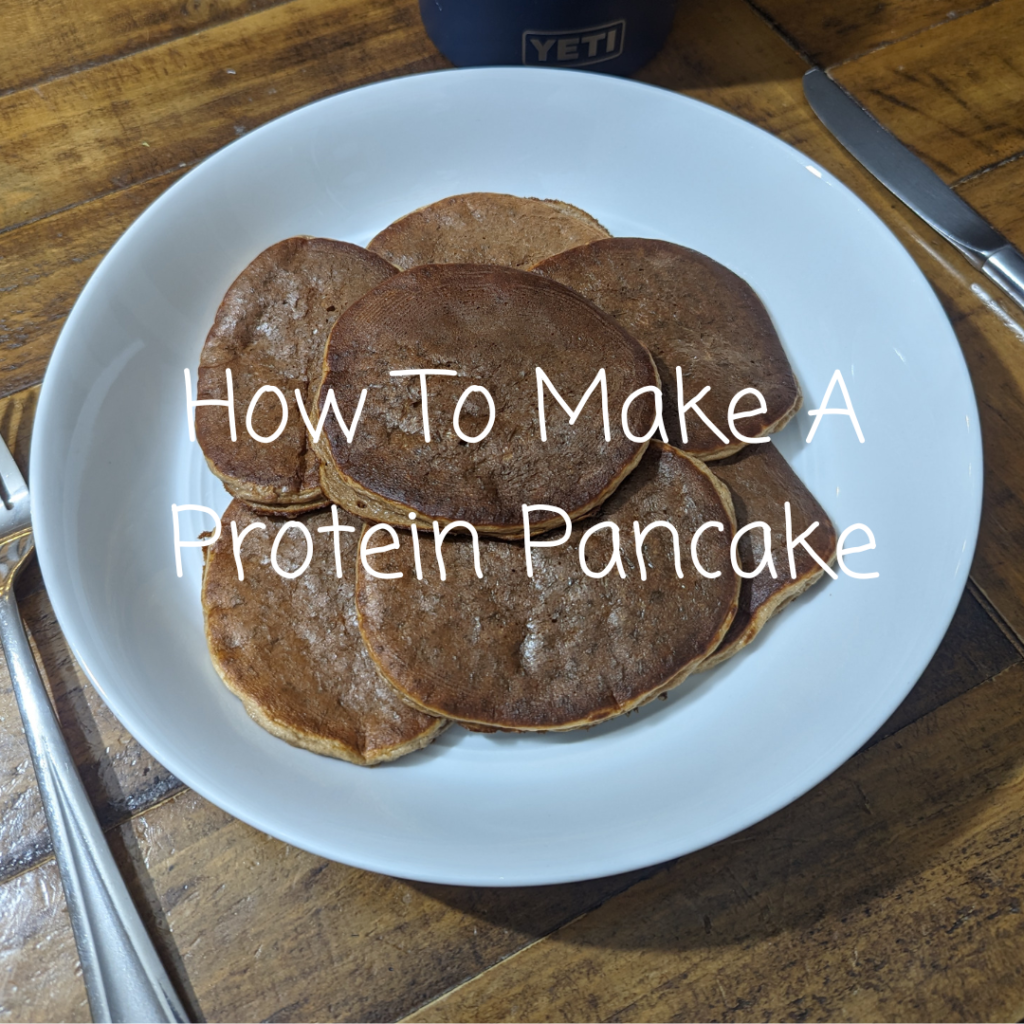“Where do I even start with my wellness and fitness journey?” This is a question I get asked all the time, especially from those just dipping their toes into the world of health. And it’s a great question, because getting started can feel incredibly overwhelming. There’s so much information out there, so many different workout plans, and countless dietary theories.
My biggest piece of advice, and something I truly want to emphasize, is this: start with your diet.
I know, I know. You might be thinking, “But what about working out? Isn’t that crucial?” And yes, ideally, a balanced approach combining both exercise and nutrition is the most effective path to long-term health. However, trying to overhaul everything at once is a sure-fire way to burn out quickly and get discouraged. This is especially true for beginners who are trying to integrate significant lifestyle changes into their already busy lives.
The Biggest Trap: Overestimating Workout Calorie Burn
One of the biggest traps people fall into when starting their journey is diving headfirst into intense workouts without significantly changing their eating habits. They hit the gym hard, sweat buckets, and then feel justified in continuing their usual diet, perhaps even rewarding themselves with an extra treat because they “earned it.” They’re expecting dramatic results based on their newfound activity level.
The harsh reality? Working out doesn’t burn nearly as many calories as you might think. A vigorous hour-long workout might only burn a few hundred calories – calories that can easily be consumed back (and then some!) with a single unhealthy snack or a slightly larger portion at dinner. For example, a medium-sized soda or a handful of chips can quickly negate the caloric deficit you just created. When the expected transformation doesn’t materialize, often within a few weeks, motivation plummets, and many people throw in the towel, feeling like their efforts were in vain and that “working out just doesn’t work for them.” This leads to a cycle of starting and stopping, which is incredibly frustrating.
Why Diet First? The 80/20 Rule in Action
This is precisely why, when asked where to begin, I always recommend focusing on your diet first. You’ve probably heard the saying: “Your healthy body is built by 20% workout and 80% diet.” And it’s absolutely true. This isn’t just a catchy phrase; it’s a fundamental principle of body transformation and sustainable health.
Think about that for a moment. If you can master the 80% (your diet), your body WILL CHANGE. You’ll start to notice differences in your energy levels, your clothes might fit differently, and you’ll generally feel better. And once you start seeing those initial changes, that’s your golden ticket! Your motivation will be at its peak because you’re seeing tangible results, and that newfound energy and confidence will be the perfect fuel to take the next steps.
While you’re dialing in your diet, feel free to add some gentle movement like walking. A daily 20-30 minute walk is excellent for your overall health, helps with stress reduction, and can gently support your weight management without feeling like an overwhelming obligation. But the primary focus, especially in those crucial first weeks, should be on what you’re putting into your body.
Once your dietary habits are more settled, you’re consistently making healthier choices, and your body is starting to respond, you can then gradually introduce and build up your workout routine. This methodical approach helps prevent burnout, allows your body to adapt slowly, and fosters sustainable habits that become a natural part of your lifestyle, rather than a temporary challenge.
This journey is about finding what you truly enjoy and creating a lifestyle that you can maintain long-term, not just for a few weeks or months. And it all starts with building a strong, healthy foundation through good nutrition.
Okay, So What Should You Watch for in Your Diet? Here’s an Easy Breakdown to Get You Started!
Now that you understand the “why” behind starting with your diet, you’re probably wondering “how.” Here are some actionable and easy-to-follow tips to begin revamping your diet without feeling deprived or overwhelmed: You might want to read another blog, “How to start to watch PFC balance: 20-10-35 Rule” or/and “How to track your macronutrients needs” as a reference.
- Focus on Whole Foods: Prioritize unprocessed foods. Think fresh fruits, vegetables, lean proteins (chicken, fish, beans, lentils), and whole grains (oats, brown rice, quinoa). These foods are packed with nutrients and fiber, keeping you fuller for longer.
- Hydrate, Hydrate, Hydrate: Often, thirst is mistaken for hunger. Make water your primary beverage. Aim for at least 8 glasses a day, and consider replacing sugary drinks like sodas and fruit juices with water or unsweetened tea.
- Portion Awareness, Not Starvation: You don’t need to drastically cut calories to see results. Start by being mindful of your portion sizes. Use smaller plates, measure out servings, and pay attention to your body’s hunger and fullness cues. Eating slowly can help with this.
- Reduce Processed Sugars and Refined Carbs: These are often “empty calories” that provide little nutritional value and can lead to energy crashes. Limit candies, pastries, white bread, and sugary cereals. Small, sustainable changes here can make a huge difference.
- Prioritize Protein at Every Meal: Protein is crucial for satiety and muscle preservation. Include a source of lean protein with each meal to help you feel full and satisfied, which can prevent overeating later.
- Incorporate Healthy Fats: Don’t fear fats! Healthy fats from avocados, nuts, seeds, and olive oil are essential for hormone production, nutrient absorption, and overall health. Just be mindful of portions, as fats are calorie-dense.
- Plan Ahead (Even a Little): This doesn’t mean meal prepping for the entire week if that feels overwhelming. Start by planning your healthy snacks, or deciding on your dinner a few hours in advance to avoid impulsive unhealthy choices.
- Don’t Strive for Perfection, Strive for Consistency: One “bad” meal or snack won’t derail your entire journey. It’s about consistency over time. If you slip up, just get back on track with your next meal.
- Listen to Your Body: Pay attention to how different foods make you feel. Do certain foods leave you feeling sluggish? Do others give you sustained energy? This self-awareness is key to long-term success.
By focusing on these simple, yet powerful, dietary shifts, you’ll be laying a solid foundation for a successful and sustainable wellness and fitness journey. Remember, small changes add up to big results!





